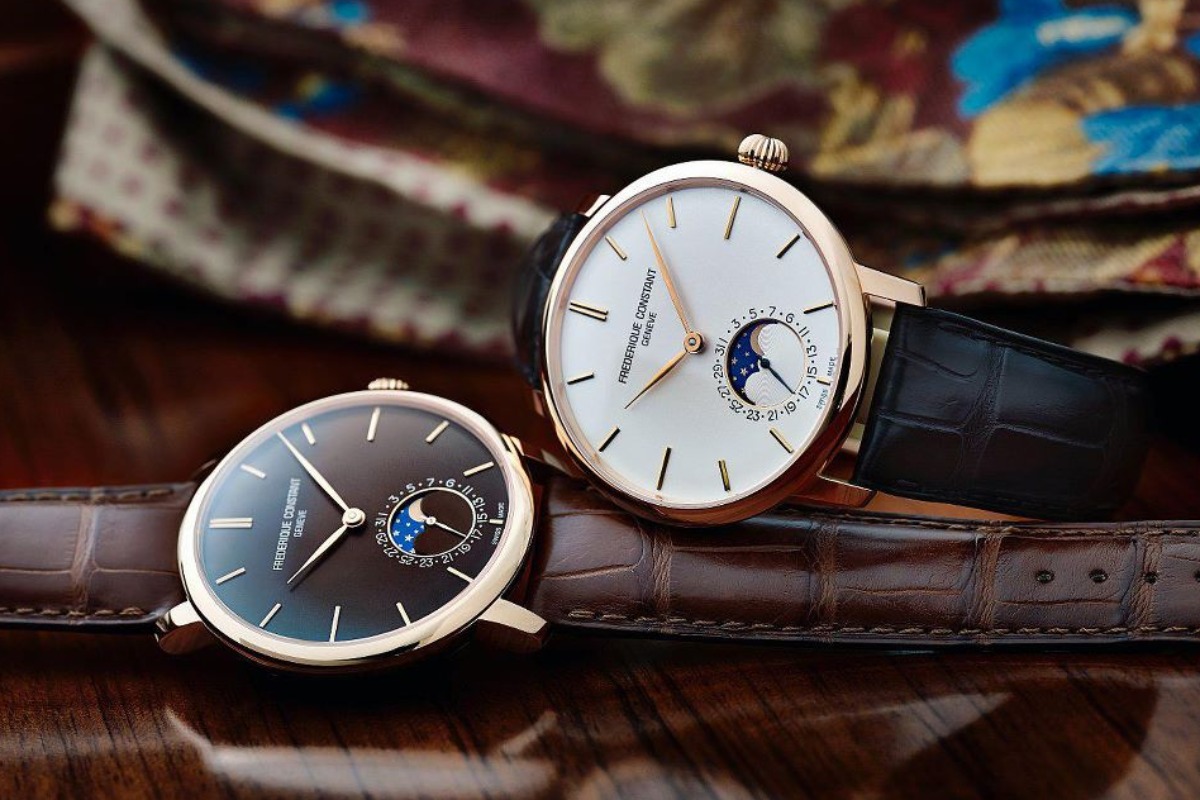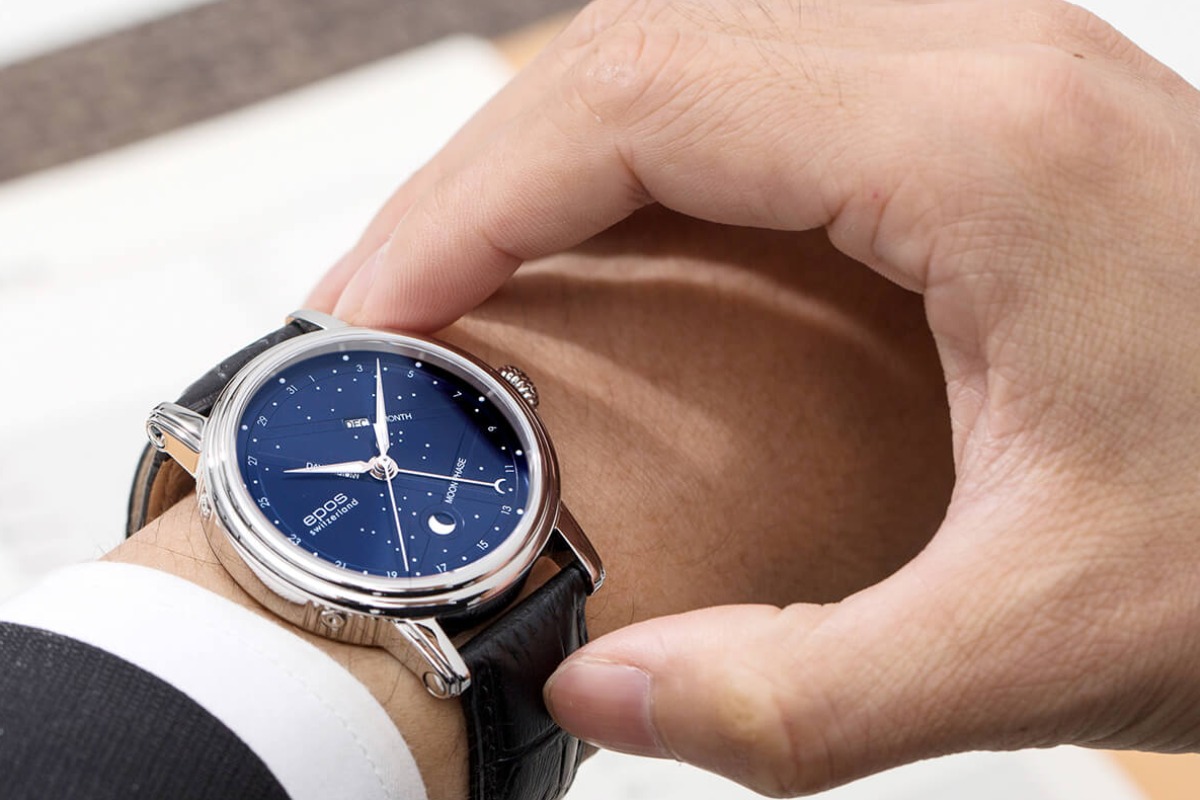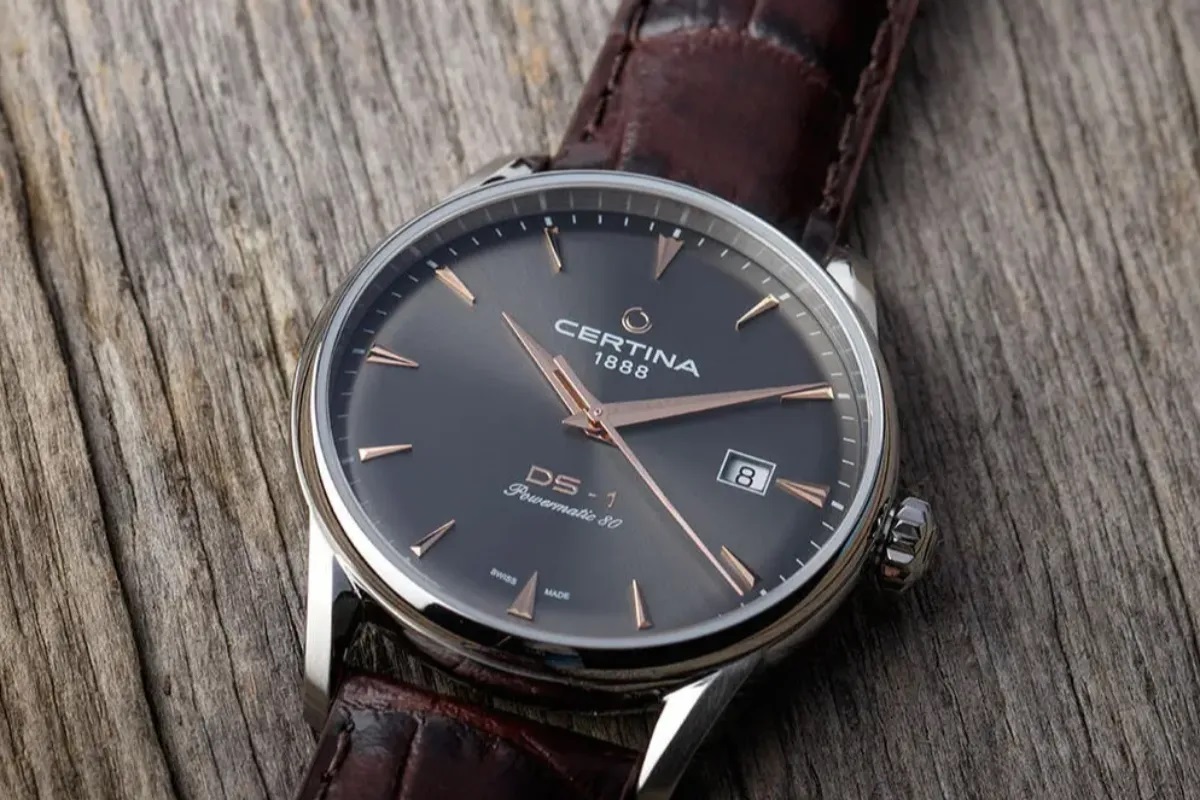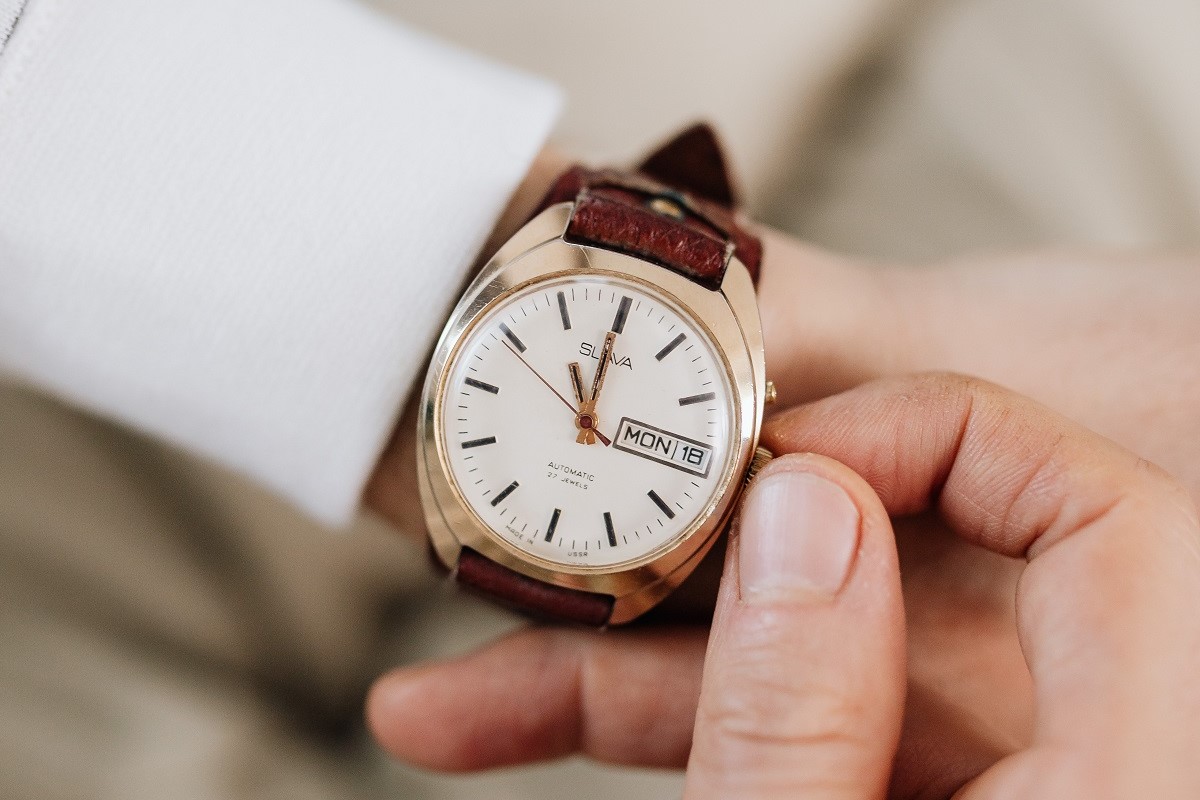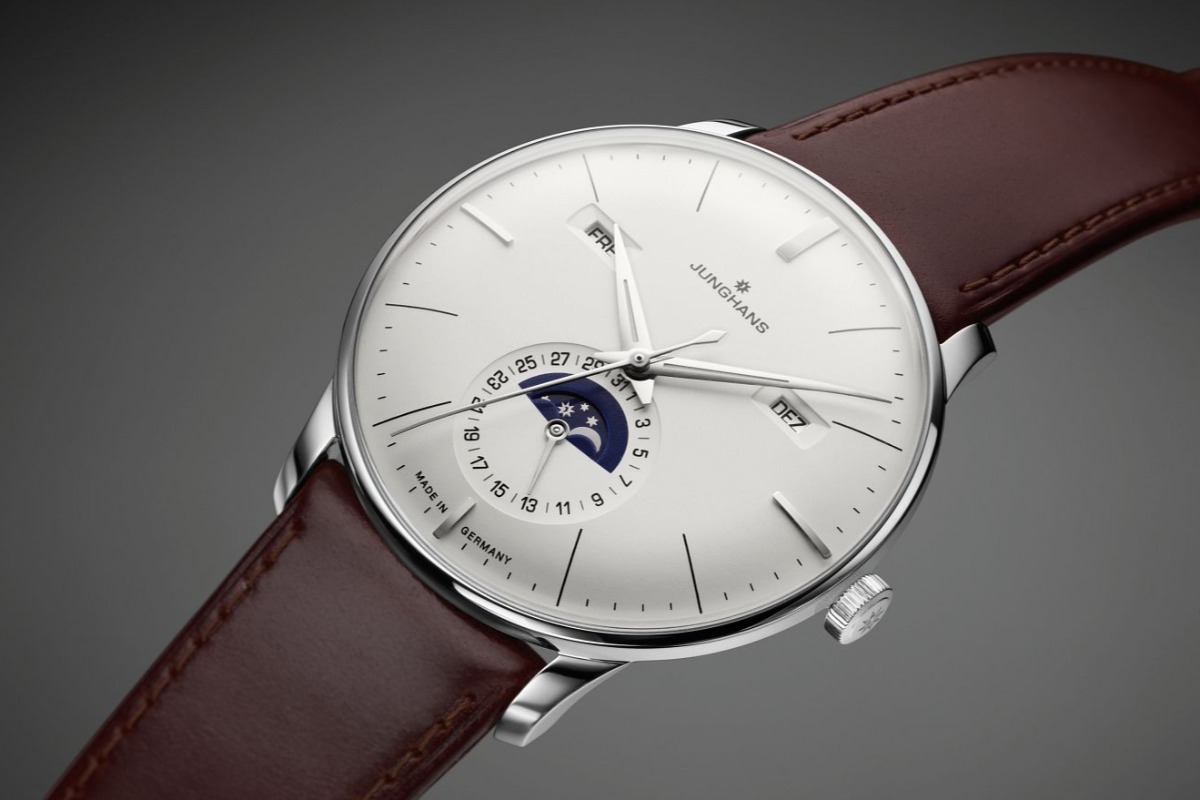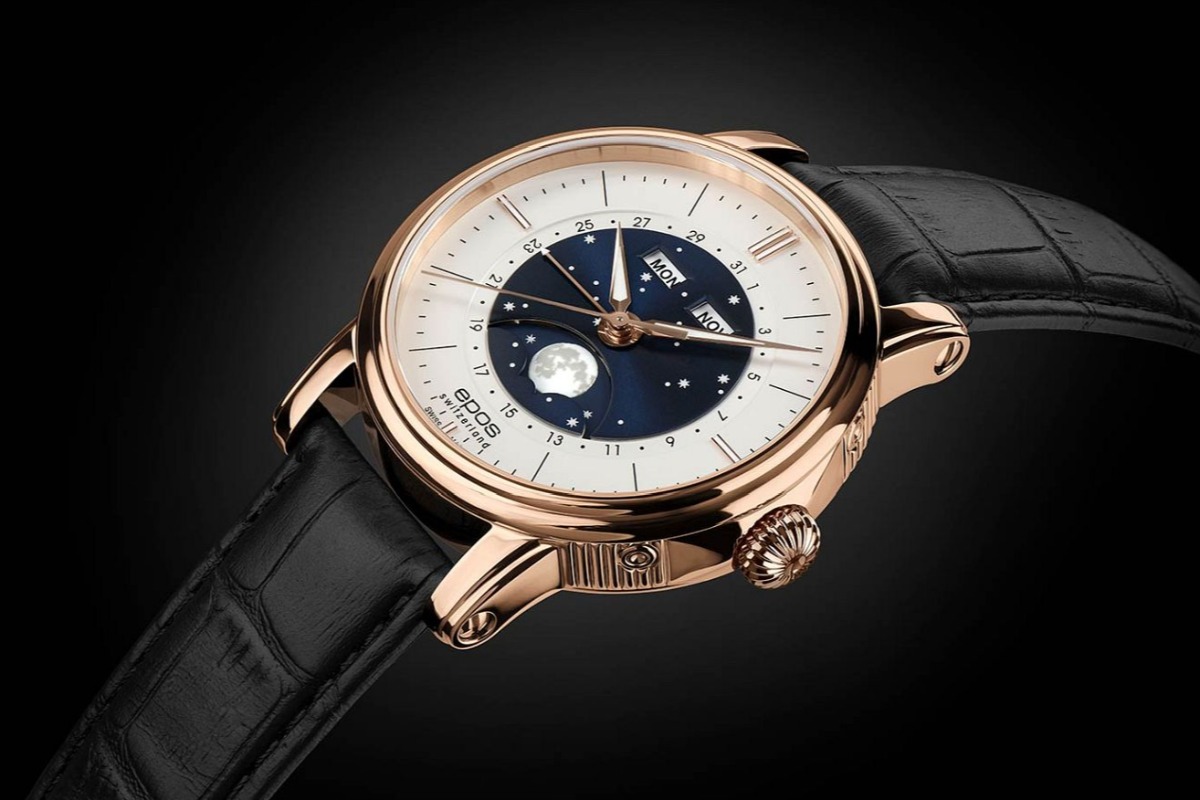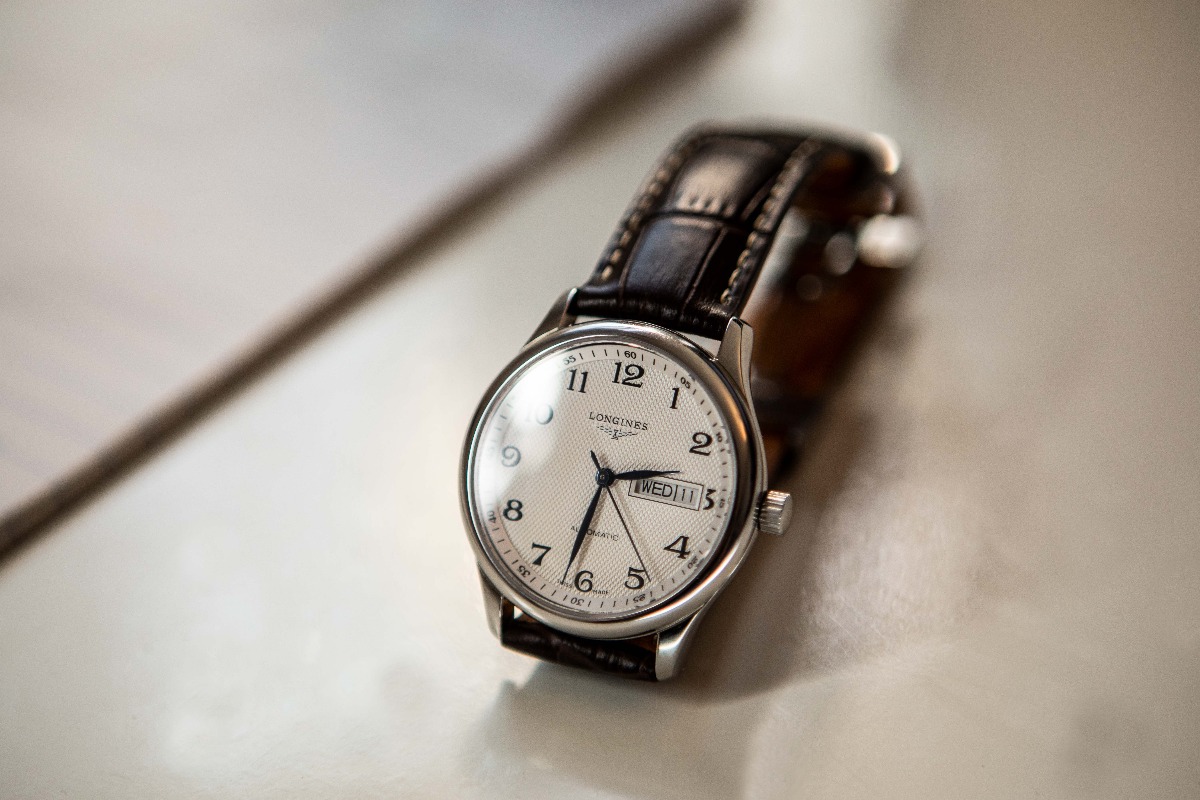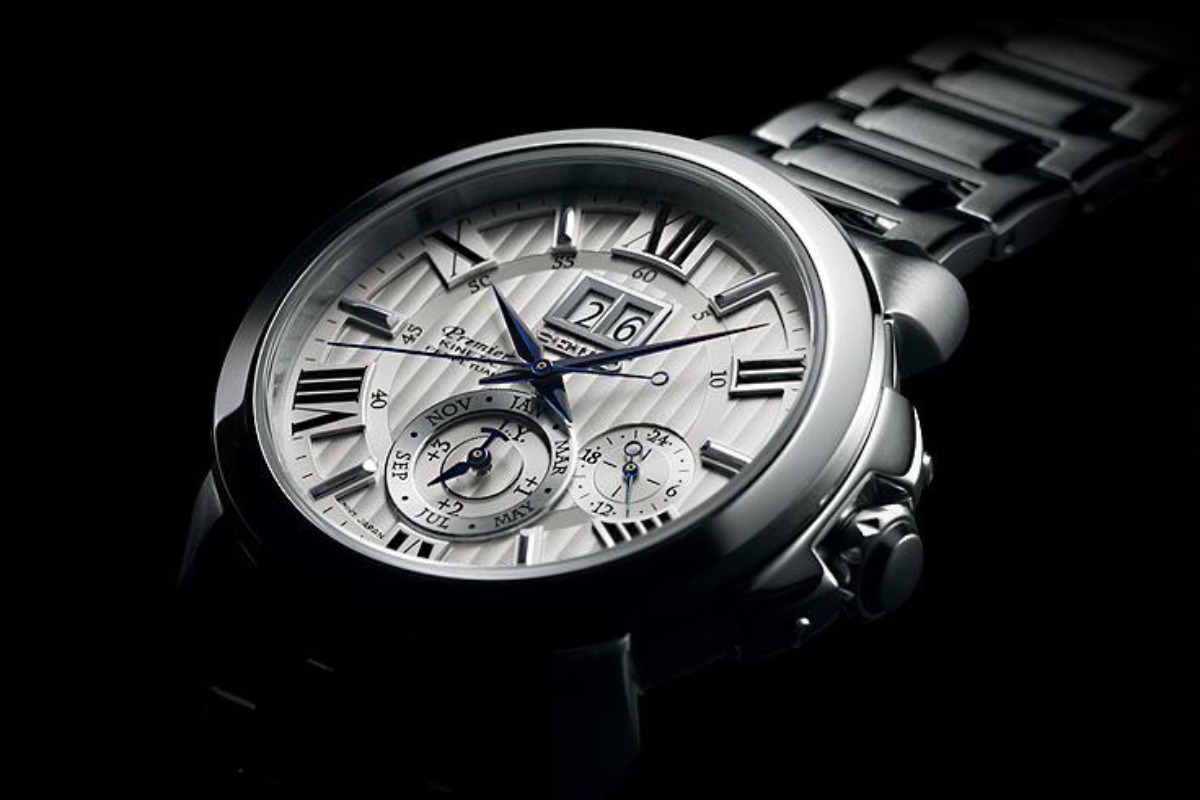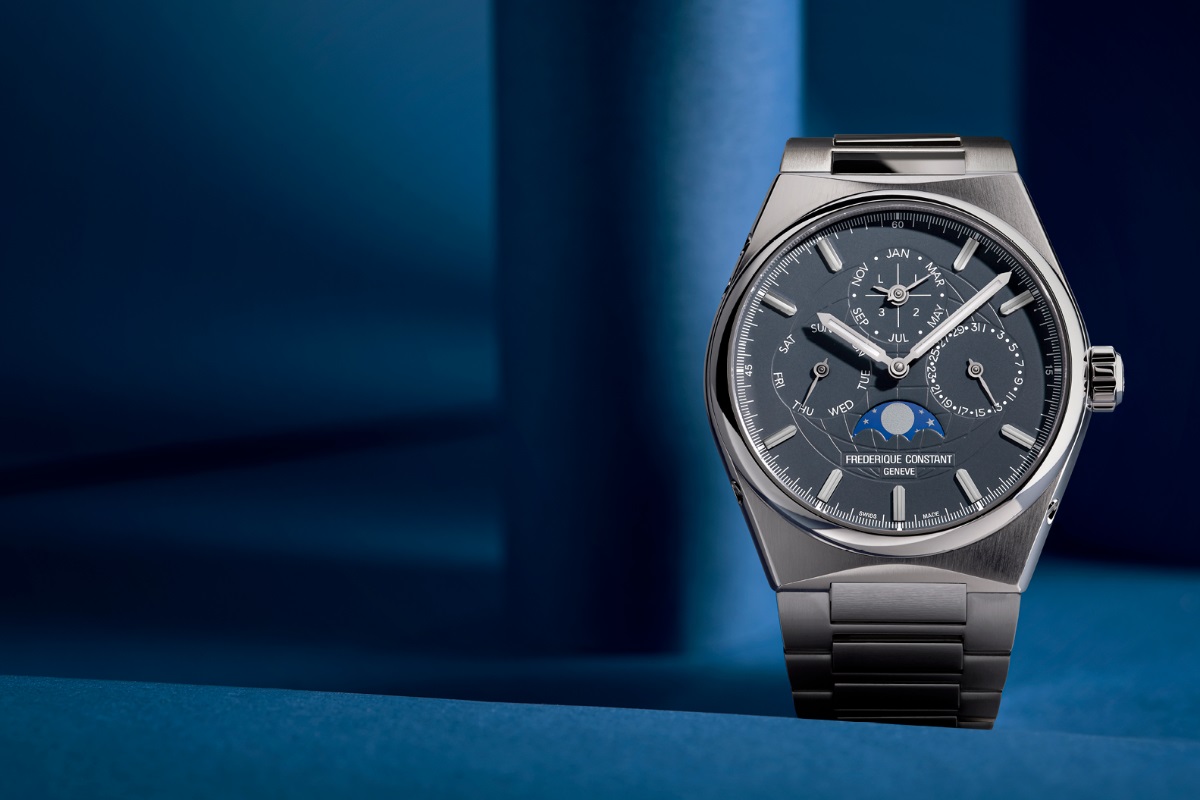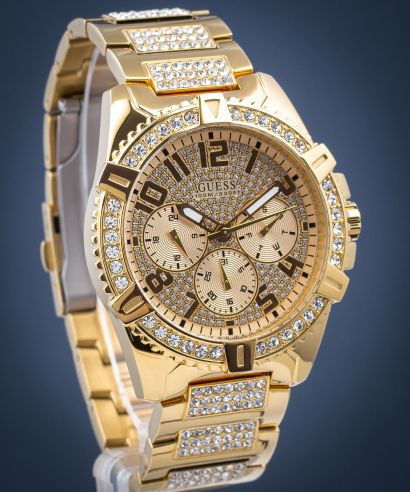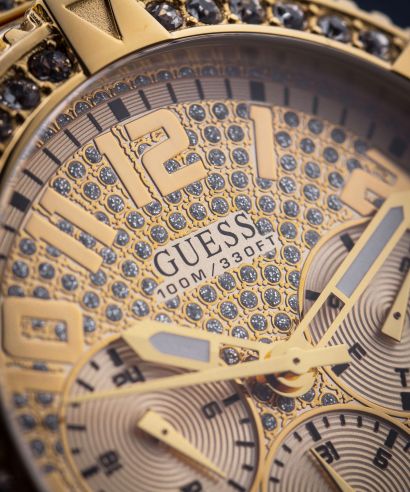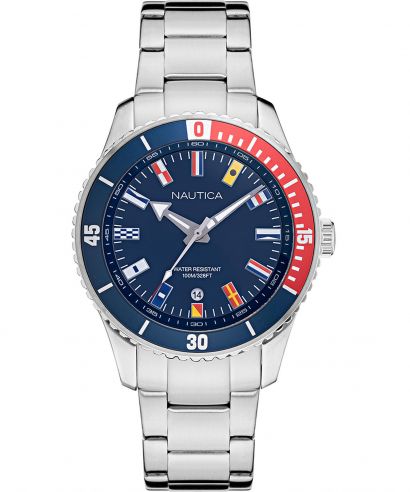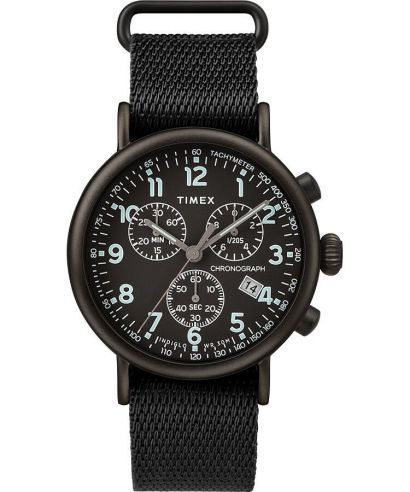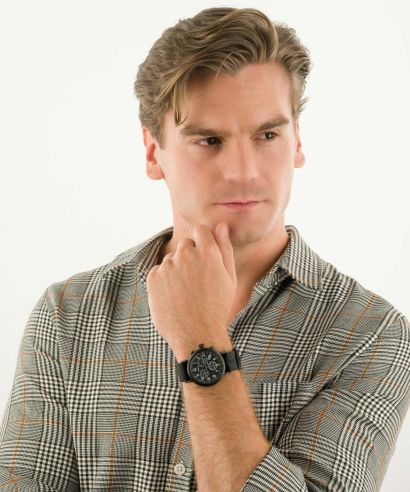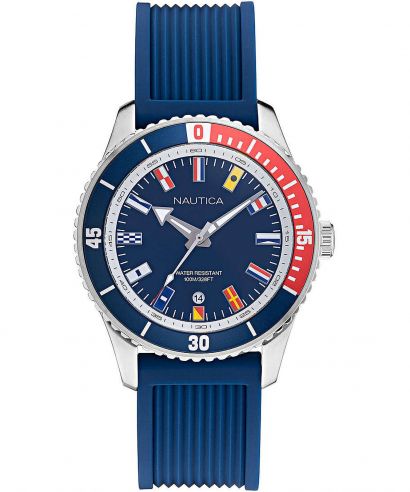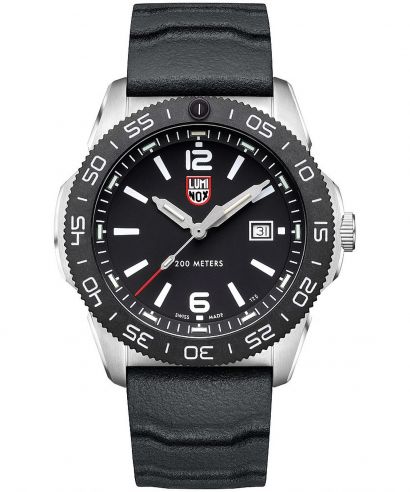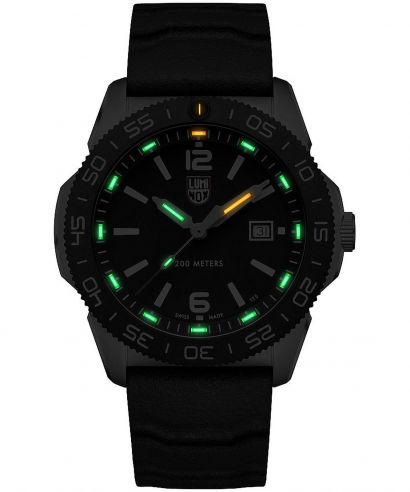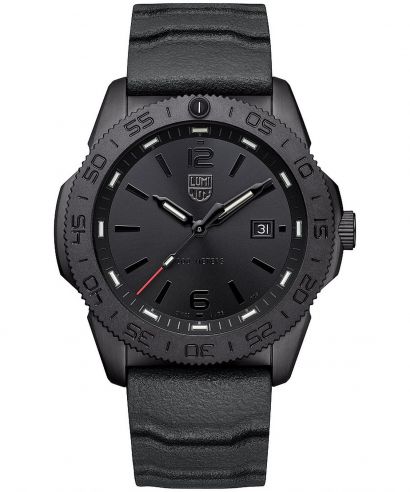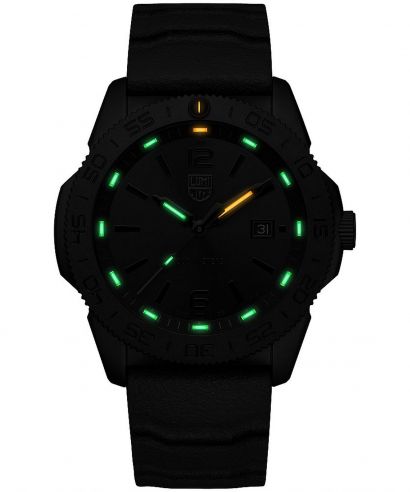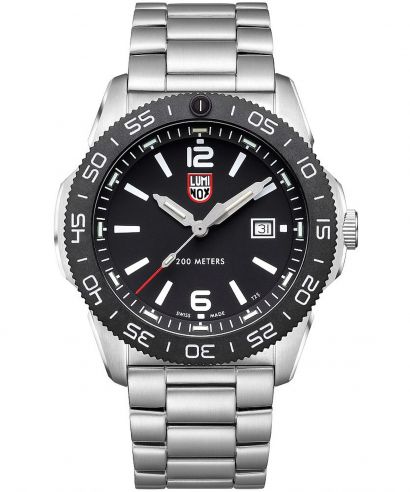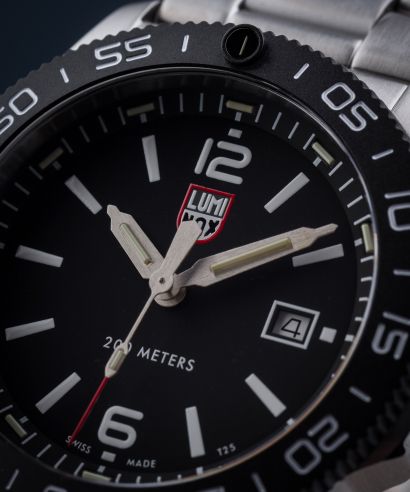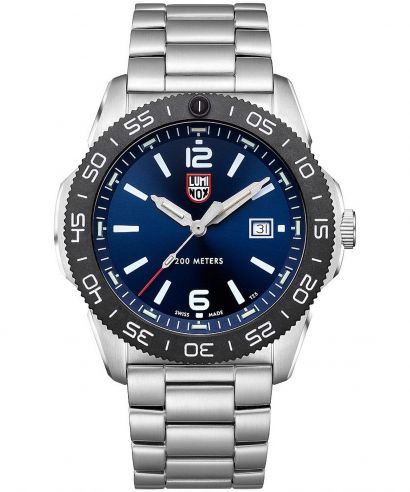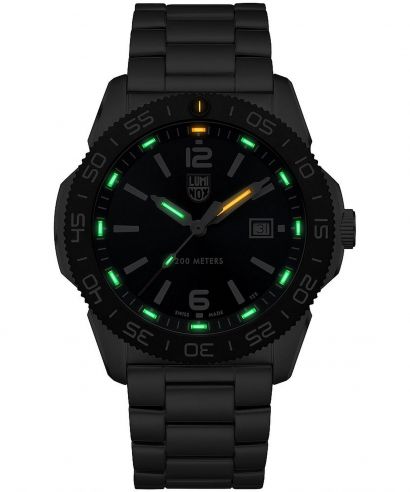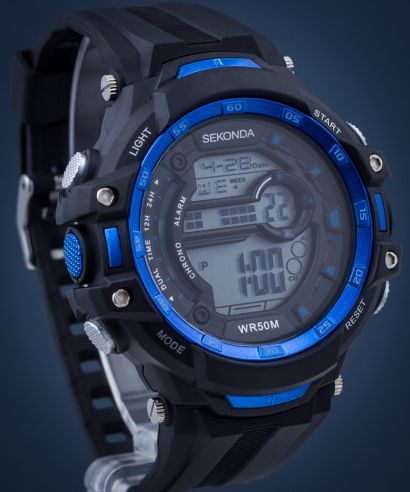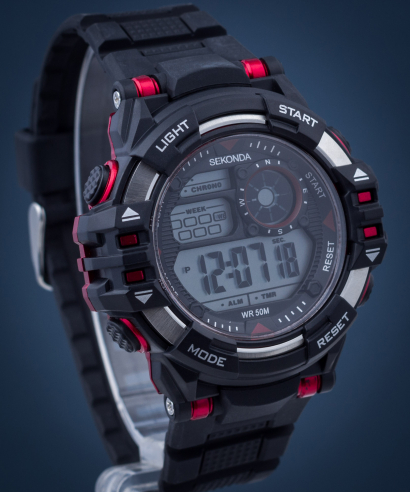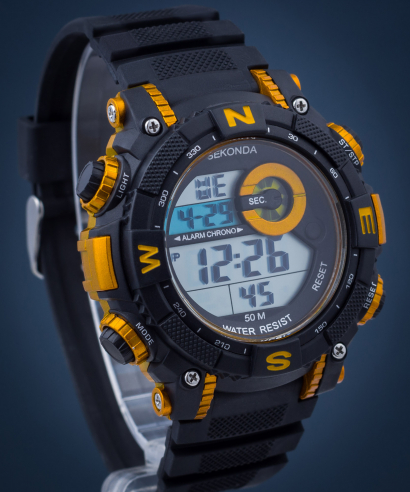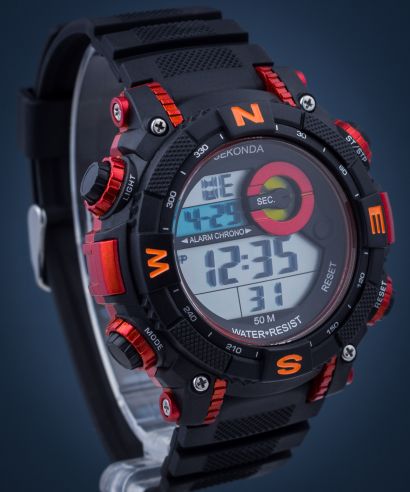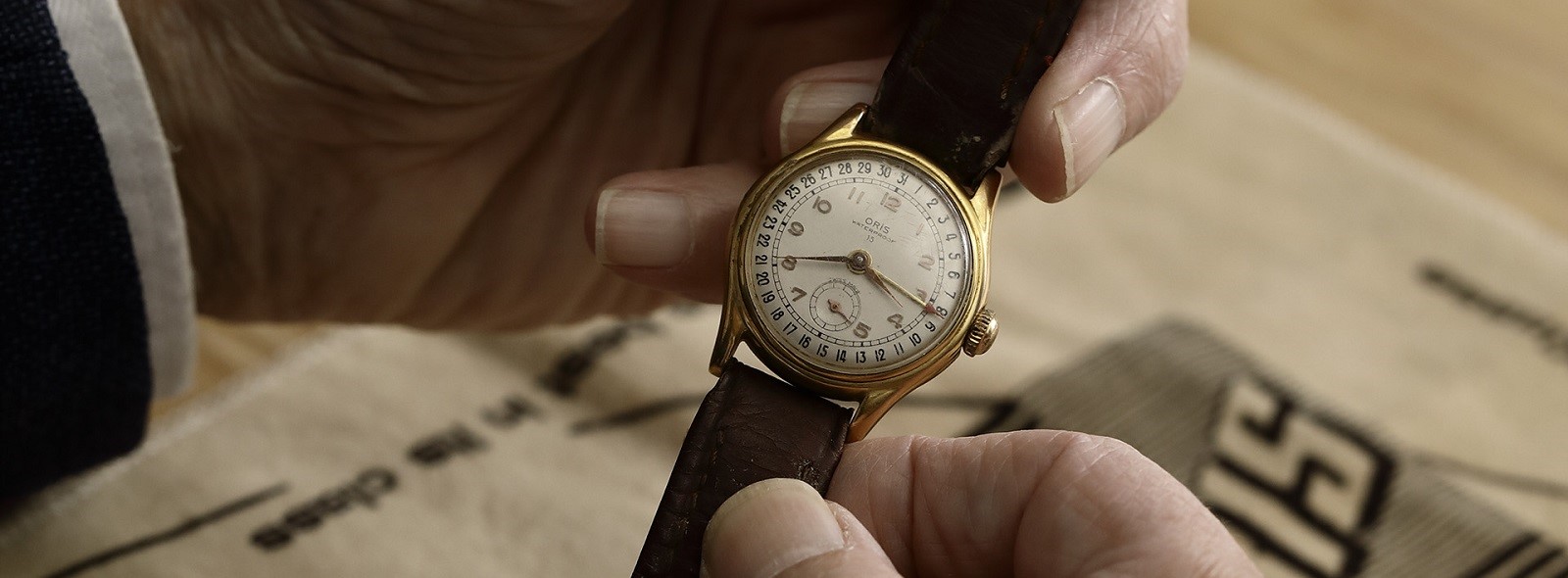
Date displays and calendar complications

Guides
Date displays and calendar complications

In this article, we will delve deeper into the subject of date displays. In the first part of our guide, we discussed the different types of date complications available, including a simple date window, Pointer Date and retrograde date. However, this time, our focus will be on the date displays and calendar complications in which it is most commonly found.
Date display – types of complications
As you probably already know, the date display is one of the most popular watch complications due to its practicality. Regardless of the situation, "What's the date today?" is a common daily question, and having this information readily available is crucial for giving a quick and accurate response.
That being said, there is a wide range of date displays found in watches, ranging from basic single-function displays to intricate complications known as calendars.
For more information on the types of date displays, see the article "Date displays – what types are there?"
Calendar complication – what is it for?
A calendar watch is one that tells you the date as well as the time (hour, minutes, seconds). A calendar watch indicates calendar information, which can include either one or a combination of the following: date, day, month (sometimes the name of the month), week, year and moonphase.
Different types of date displays and watch calendars
The date display can take on various configurations, as discussed above. Watch manufacturers have the freedom to modify this particular function of the movement to suit their needs. What are the most common types of date complications?
Date and Simple Calendar
A simple calendar is, as the name says, fairly simple and therefore found in mechanical and quartz watches most often. A simple calendar watch shows the date without taking into account variations in the length of the months. The date window is usually located at 3, 4 or 6 o'clock. It is nothing more than a circular disc rotating under the dial face with numbers graduated from 1 to 31.
But why is it called a simple calendar? Because it doesn’t distinguish between months that are 30, 29 and 28 days in length. It registers the date from day to day, meaning a manual adjustment will have to be made after every month shorter than 31 days. This means that such a watch needs to be corrected five times a year, for instance at the end of February, April, June, September and November, or at the beginning of March, May, July, October and December.
Day-date
The second type of standard complication of both date and simple calendar is a slightly more advanced type of date display called day-date. The function works on the same basis as a regular calendar date watch, but in addition to showing the specific day of the week, it also indicates the current day of the month.
A day-date is usually represented by an additional window or a pointer indicating the name of a specific day, mostly in English. Depending on the manufacturer, there may also be date displays in German (Junghans) or Polish (Aviator Polish limited edition).
Full Calendar = Triple Calendar – combination of three indications
A full calendar, also called a triple calendar, is a classic date complication that boasts an enriched and extended display. Its adjustment is based on the same principle as that of date and day-date complications, but its distinctiveness is evident on first inspection. The triple calendar features an expanded display with additional indications. Strictly speaking, it’s a combination of three indications, namely the day of the week, date and month.
A triple calendar is sometimes completed with a moon phase indicator, thus increasing the standard of precision. The so-called astronomical watch maintains the perfect balance between the classic men's watch of the 20th century and modern design.
A triple calendar, while serving as a practical addition to the watch's calendar function, can be presented in various ways by different manufacturers, with its appearance freely modified depending on the movement used. For example, Swiss manufacturers Frederique Constant and Epos incorporate the triple calendar function into their watches with unique designs.
The Frederique Constant Classics Quartz Chronograph Triple Calendar collection features the triple calendar function combined with an in-house FC-296 quartz movement, equipped with a small second, pointer date, abbreviated day of the week, and month, displayed in two separate windows and chronograph sub-dials.
Epos, on the other hand, offers a series of astronomical watches with eye-catching dials and an in-house Epos Big Moon Modification. In addition to the moon phase indicator, the selected Oeuvre D'Art collections feature a triple calendar complication. They differ only in their presentation. For instance, the V-Style and Big Moon collections have a decentralised day of the week and month indication and a central Pointer Date hand, unlike Oeuvre D'Art Classic watches.
Annual and Quadrennial Calendar – a watch calendar and its two types
Although not directly related to the date function, there are more advanced complications that can arise from the types of calendars available in a watch. These include the annual calendar and the quadrennial calendar, which is also referred to as the semi-perpetual calendar or a 4-year calendar. The type of date display presented in both of these calendars can vary. The complications can be found in watches with date, day-date, and a triple calendar. What exactly characterises these complications and how do they differ from one another?
As we know, Date, Day-Date and Triple Calendar watches can have a simple calendar function that requires manual correction five times a year. An annual calendar watch has the same display as a complete calendar but is "smarter" in that it compensates for the short months of the year. The perpetual calendar is, as its name suggests, self-sufficient in its date calculations, even in leap years, thanks to a "mechanical memory".
An annual calendar tracks the date automatically from month to month, accounting for differences in the number of days between months. The only exception is February, which is the shortest month of the year. On 1 March, the user must adjust the device manually.
A four-year calendar is a rare design in watchmaking. A watch with this function displays the date correctly throughout the year, including February, without the need for any manual corrections. The only exception is leap years, which occur every four years (a leap year has 366 days; the extra day is the 29th of February). In this case, the watch must be manually adjusted to account for the leap year. This means that a watch with a four-year calendar doesn’t automatically take leap years into account.
Perpetual Calendar – a calendar valid for many years
A perpetual calendar is a watchmaking masterpiece and one of the most sophisticated and intricate complications of the moment. It is the most complex type of calendar with an elaborate date display requiring considerable experience and technical expertise.
The Perpetual Calendar function stands apart from other watch functions as it accounts for the variable lengths of all months (28, 29, 30, and 31 days each) and the cycle of leap years. This feature ensures uninterrupted service for several decades, up to 28 February 2100. But after that, the watch will need to be manually adjusted on 1 March 2100 due to the fact that the leap year is skipped every 100 years – and this rule isn’t taken into account by the Perpetual Calendar.
Frederique Constant Manufacture Highlife Perpetual Calendar watches are an example of watchmaking art. Equipped with the in-house FC-755 movement, the models boast three sub-dials displaying, among others, date, day of the week, month and leap year. In addition, they are all complemented by a moon phase indicator.
Date display vs. calendar complication – discover the range of watch brands
Are you someone who values practicality, quality, precision and classic accessories? If so, consider a watch with a date or a perpetual calendar. Discover our range of premium watch brands that are renowned for their craftsmanship and expertise.
